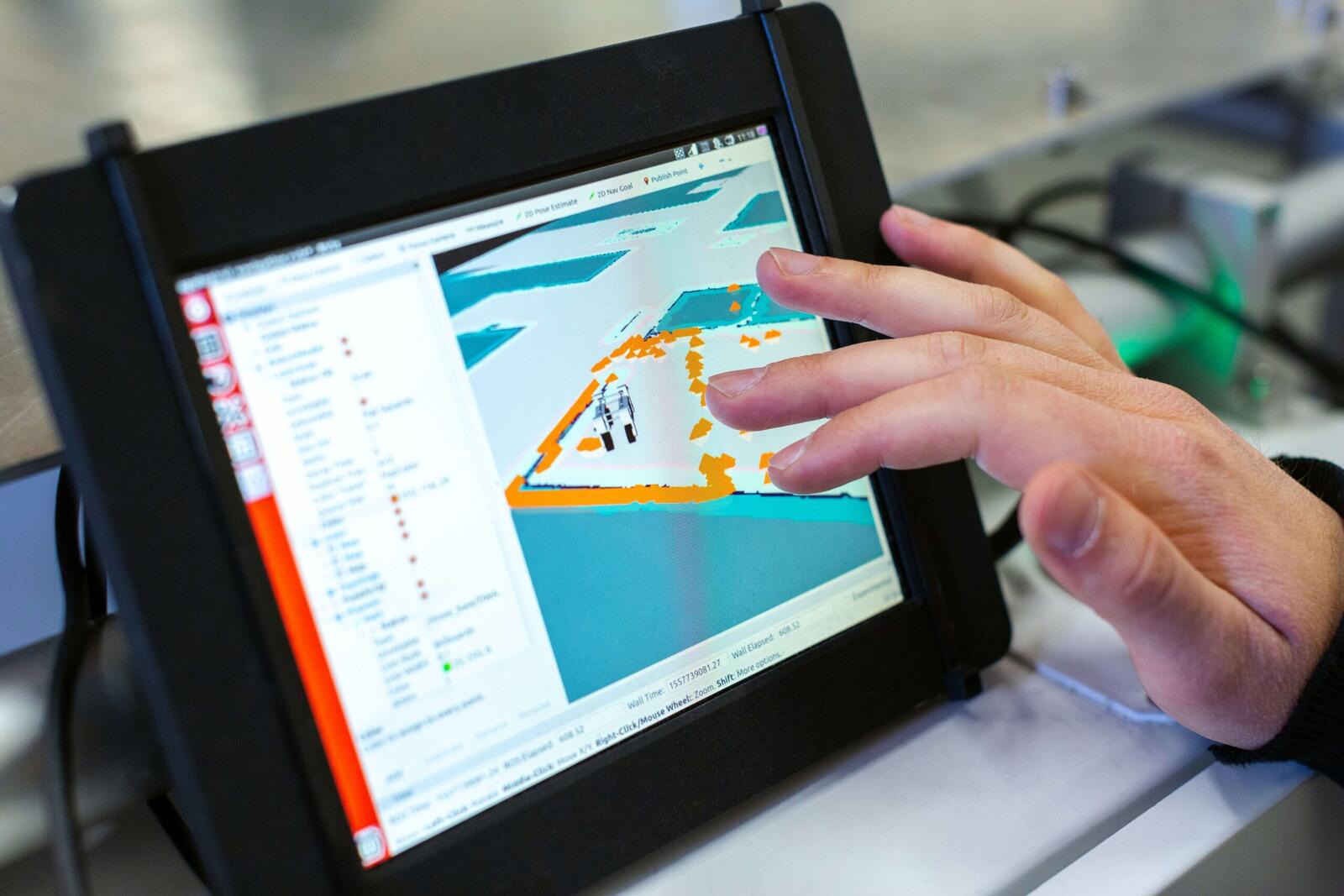Fair source has emerged as an alternative to open-source software sharing, providing businesses with a way to share access to their code while maintaining safety and security.
In many ways, it’s positioned somewhere in between open and closed-source software. It’s more open than closed-source software (for obvious reasons) but less accessible than open-source software.
But, what exactly does that mean? How is it possible for open-source methods to be more secure while still allowing access to code?
What is Fair Source?
We know fair source is a new approach to software sharing that is supposed to be more secure tha open source while still attempting to democratise access to code and make it accessible to a broader group of people.
Indeed, in the past, plenty of companies have opted out of open-source software, because they didn’t know how to maintain control over their own code while also making it accessible to the public. So, in many ways, fair source is an attempt to bridge that gap.
But, what exactly is fair source?
In the most basic sense, fair source makes software publicly available to read, and it allows outsiders to use it, modify it and redistribute it with minimal restrictions. This is an attempt to protect the producer’s business model.
Furthermore, it makes use of a Delayed Open Source Publication (DOSP) agreement, which basically means that the software is initially released under a proprietary license with the intention of it becoming open source in the future.
The idea and intention behind fair source is to try and capitalise on the advantages of open source while removing some of the downsides, as perceived by companies.
More from Tech
- 71% Of People Struggle To Stay Focused Due To Digital Overload
- How To Choose Between A Web App and A Native App
- We’ve Heard Of Smart Homes, But What Is A Smart City?
- Experts Share: What Will Medtech Startups Build Around AI Diagnostic Systems?
- UK vs US: Whose Tech Industry Is Performing Better In 2025?
- Experts Share: How Can Diagnostic AI Be Integrated Into Existing Medtech Systems?
- How Are CRMs Shaping The Future Of B2B Sales?
- Typedef Launches with $5.5 Million in Seed Funding
What’s the Difference Between Fair Source and Open Source?
The reason behind developing fair source as an alternative to open-source software is to try and deal with the perceived negative aspects of open source. And one of the main things that’s been considered is licensing agreements.
Here’s how open and fair source software are different:
- Distribution Model Vs. Business Model: Open source software is more of a distribution model while fair source has the potential to regain more of the business side of things. The licensing terms imposed by the former limit the potential for optimising business operations which is a significant contributor to the development of fair source software.
- Licensing: Open source software requires more licensing than fair source. In fact, to be considered open source, companies actually need to be approved by the Open Source Initiative (OSI).
- Safe Sharing of Infrastructure and Products: Fair source allows for the sharing of software infrastructure and products to be more secure than open source since it does involve certain restrictions. These restrictions certainly are limited, but they do impose more order in terms of what can be accessed and modified, increasing the security and integrity of the software.
- DOSP Vs. OSP: Fair source software operates by means of delayed open source publication, as opposed to open source software that operates by means of standard open source publication. The latter necessitates immediate publication of the software according to a standard open-source license that allows software to be viewed and modified. DOSP, on the other hand, means that publication is delayed by a predetermined amount of time.
- Copyright: Due to licensing, fair source software maintains proprietary rights for a specific amount of time (as set out by the DOSP) while open source software is free and publicly available for use that is not restricted by ownership.
- OSINT: OSINT refers to open-source intelligence, which is a process that involves the collection of public information and data that is then analysed. The purpose behind this is to answer a question, but the data that is collected isn’t random, it provides specific answers to specific questions. While OSINT has free reign in open-source contexts, it’s not quite the same in fair source software as there are more limitations on viewing and modification. Thus, normally, the kind of intelligence perpetuated in the context of OSINT cannot be done with fair source software until the end of the DOSP.
As always, these factors could all be explored further in terms of their specifics, but the main differences we need to be aware of are in terms of licensing and copyright.
The Future of Fair Source Software
For many companies, fair source software offers a really useful alternative to open source. Plenty of businesses are concerned about the ways in which open-source software works, including issues relating to licensing and copyright agreements.
In that light, fair source software is easier to manage with regards to licensing and copyright is guaranteed for the duration of DOSP. The software is more closely monitored and managed, providing more security and protection. Meanwhile, fair source software still allows outsiders to gain insight into the software in a way the closed-source software doesn’t.
Indeed, while it may need to be tweaked a bit over time, it certainly seems like fair source software could become the middle ground between closed-source software and open-soure software.



